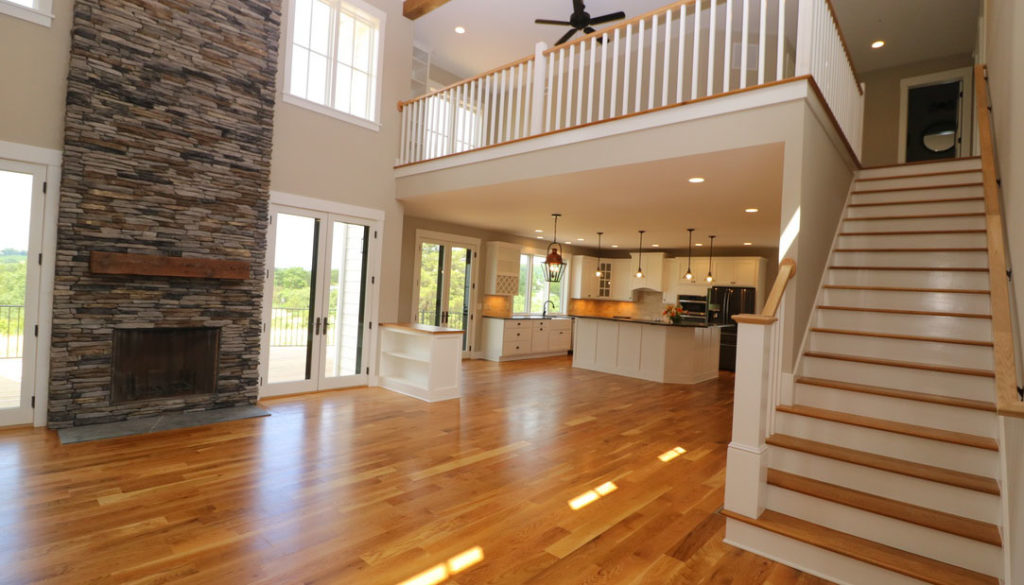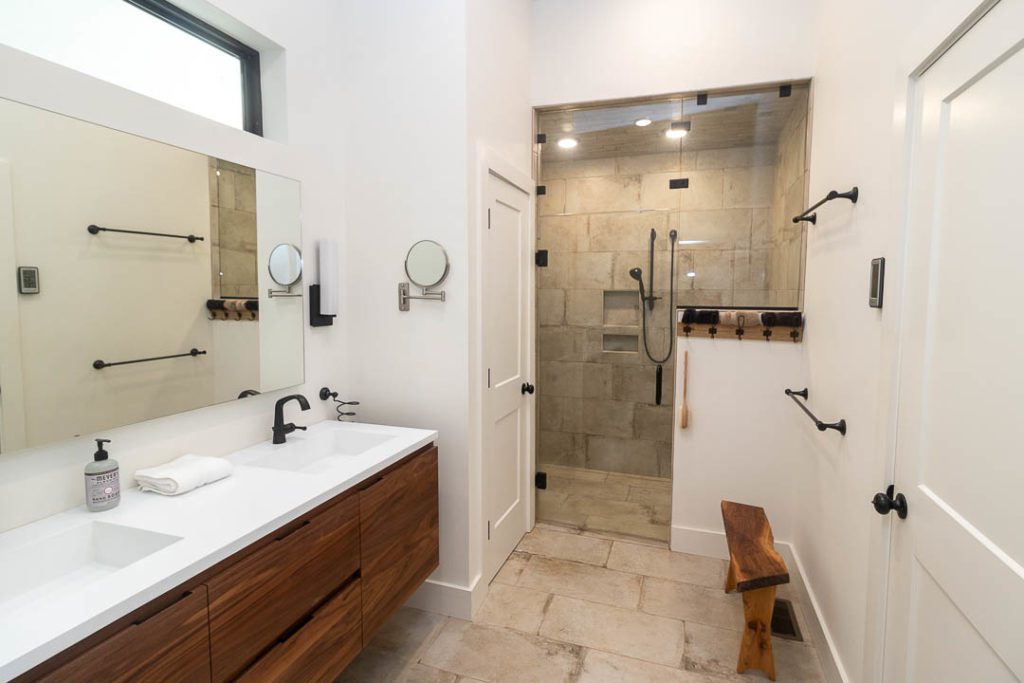As architects and designers, it has historically been our job to take a client’s vision from start to finish. But in more recent times, the role of the designer has evolved to include a deeper focus on how we can shape the way people interact with each other. Using empathy as a design tool is one way we set ourselves apart from other designers who may give you plans that are just adequate enough for a permit. Empathic design aims to create spaces for people to share and build empathy for one another while we, as designers, simultaneously build empathy for the people we are designing for. We must engage our hearts to make meaningful change in our communities.

As a result of intentional listening with our clients, we designed this open floorplan at the Harrisonburg Farmhouse to be a space for family and friends to gather and build meaningful relationships.
I like to think of it in three stages, which you can read more about here. It begins with cognitive empathy — identifying how someone feels, then emotional empathy — understanding how that person feels, and finally, compassionate empathy — feeling with someone and being moved into action. As a student in undergrad, compassionate empathy was the biggest principle in my projects both in and out of the classroom. However, the work that it takes to design based on empathy — the right way — is not always an easy task.

Roll-in Shower at Casa Cielo.
Opening our hearts takes energy, vulnerability, and willpower. The things that we learn when we listen to people’s adversities can be heavy to take on, so it should be approached with an understanding of our own emotional availability. Nevertheless, listening to hear and understand is the main ingredient to figuring out how to best help people. Using empathy in design is being considerate of an individual or group’s unique needs and finding solutions that are tailored towards them. Setting aside our preconceived notions about peoples’ experiences and ailments is critical because those assumptions are what keep us from truly understanding one another. We can then use our knowledge and experience as designers to create the best solutions.

Walking path at Waverly Place Apartments for the community to enjoy the scenic surroundings.
Holding space for others and actively listening, as in focusing on that person and not your own feelings or what you think is best, is the only way to truly have a compassionate interaction. Approaching people in need will require having difficult conversations and can get uncomfortable. On an individual level, I implore everyone to try to approach life with more empathy. It is an ability that can positively affect the way we react to and connect with people in all spheres of life.
In our profession it is critical to be able to design using all of our senses, and listening is one of the most important. If we listen with the intention to hear and understand the information with both our minds and hearts, we can begin to create empathetic solutions that build a stronger community for all.




